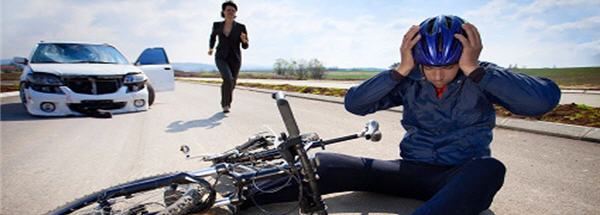Collision Reconstruction

Arcon’s experts have a thorough understanding of the physical processes and human interactions that underlie a collision. This specialized knowledge is augmented with computer measurement and modelling technology to accurately reconstruct all aspects of vehicle collisions including visibility issues, vehicle operation & performance and human factors. Regardless of the type of collision; single-vehicle, multi-vehicle, vehicle & pedestrian, vehicle & cyclist, Arcon’s experts can help.
Evidence Preservation
Our evidence preservation service is designed to capture information which may be critical for the equitable resolution of a claim but which is typically only available at the time of a collision or for a short time afterward. This information includes black box data, physical damage to the vehicle and site specific information. Once a vehicle is scrapped or repaired and driven again, black box data will no longer be available and specific features relating to the physical damage such as paint transfer and depth of impact will be lost as well. Similarly, evidence at the collision scene including debris, tire marks & gouges on the roadway, and damage to curbs, light posts, signs and trees will be removed, repaired or simply disappear over time. Information collected from the vehicle and scene examination is held in a secure environment for use in fraud investigations and defence of 3rd-party claims should they arise. For more infortmation on this service, visit our Evidence Preservation page.
Vehicle Inspection & Crash Data Retrieval
A detailed vehicle inspection is carried out to define interior and exterior damage patterns, occupant impacts, the usage of driver controls, seatbelts & headlights, airbag deployment, and the condition of the vehicle’s mechanical components. Information from a vehicle’s Event Data Recorder (commonly referred to as Black Box data) can also be available and downloaded using specialized software and protocols. For a list of vehicles for which EDR/Black Box data retrieval is possible, see the updated spreadsheet at the following link:
Site Investigation
Site investigations include comprehensive photographing of the incident location from multiple driver and pedestrian viewpoints considering time-of-day and weather conditions. When appropriate, the scene is also surveyed using state of the art technology to accurately measure roadway and other topological dimensions and features. Other collision related aspects that can impact the accuracy of a reconstruction are documented. These related aspects include debris from the collision, tire marks and gouges in the road and damage to curbs, light posts, signs and trees.
Vehicle Movement Reconstruction
Based on data gathered in the first two stages of the reconstruction, our staff apply principles of physics and engineering to the available evidence to estimate pre- and post-impact vehicular movements. This work is then used as a basis for the creation of real-time visual reconstructions for our clients. We have extensive experience in the utilization of collision reconstruction software such as PC-Crash©.
Occupant Movement
Many vehicle accidents result in injury to the driver and other occupants. A significant contributor to the occurance and extent of occupant injuries is whether or not the occupants were belted or un-belted. Through a combination of physical inspection of the seatbelts and their associated mechanisms and analysis of data from the Event Data Recorder, Arcon’s collision reconstructionists can often answer this critical question.
Visibility, Perception and Avoidance
A driver’s opportunity to avoid a collision is dependent on factors such as the lighting, weather, visual flow, view obstructions, intersection design along with the conspicuity of the involved vehicle/pedestrian. When these factors are relevant, we undertake on-site, time-of-day reconstructions of the scenario to observe, photograph and measure visibility issues. Utilizing our knowledge and resources, we are able to define normal perception-reaction times for a particular scenario to judge the opportunity to avoid the collision














